The flight of Russian cosmonauts and NASA astronauts, participants of the 70th long-term expedition, continues at the International Space Station. A long stay in space causes physical changes in the human body. For example, the condition of bones and muscles deteriorates. Therefore, the health of astronauts is closely studied by doctors and scientists.
The correction of mineral metabolism in astronauts with drugs is being studied on the ISS: the “Correction” experiment (a study of the effectiveness of pharmacological correction of mineral metabolism under conditions of prolonged exposure to microgravity); experiment “Interaction-2” (studying the patterns of crew behavior during a long-term space flight); “Dispersion” experiment (formation and behavior of liquid-phase dispersions under microgravity conditions); experiment “Scenario” (testing methods for assessing the development of catastrophic and potentially dangerous phenomena); experiment “Separation” (testing and testing in microgravity conditions of a system for regenerating water from urine); experiment “Neuroimmunity” (assessment of the influence of stress on the immune system and stress-reactivity systems in space); experiment “Cardiovector” (obtaining new scientific information about the role of the right and left parts of the heart in adapting the circulatory system to the conditions of a long-term space flight).
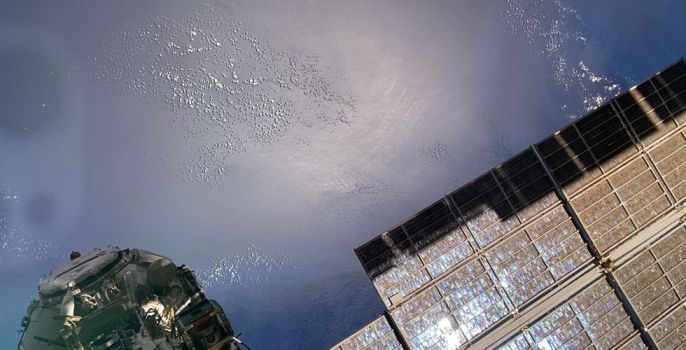
Studying DNA in space
Prolonged stays in space expose people to radiation, which can damage deoxyribonucleic acid, or DNA, which carries the genetic information necessary for our development and function. Conditions in space also affect how the body repairs such damage, potentially exacerbating the risk. Research on the International Space Station is studying DNA damage and repair using tools and techniques for sequencing, analyzing and even editing DNA.
In April 2016, ESA (European Space Agency) astronaut Tim Peake amplified DNA for the first time using the first polymerase chain reaction (PCR) device sent to the station, called miniPCR. An important step in the process of analyzing genetic material is amplification, which involves creating multiple copies of a section of DNA.
NASA astronaut Kate Rubin first sequenced DNA in space in August 2016 using a commercial off-the-shelf device called MinION. In August 2017, NASA astronaut Peggy Whitson combined miniPCR and MinION to identify the first unknown microbe from the station. In August 2018, NASA astronaut Ricky Arnold pioneered the “swab-to-sequencing” DNA sequencing method, which eliminates the need to culture bacteria. before analysis.
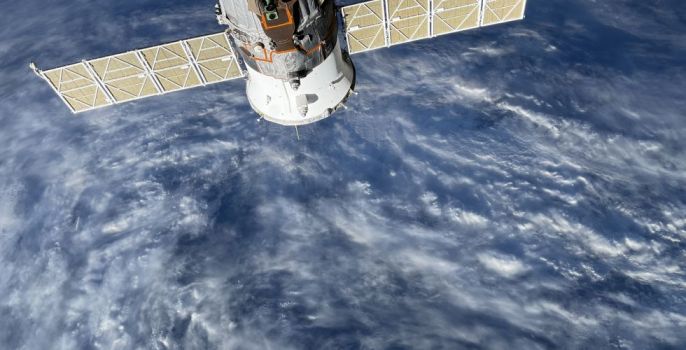
Another major milestone reached in May 2019 was the first on-station CRISPR gene editing performed by NASA astronaut Christina Koch. CRISPR stands for Clustered Regularly Interspaced Short Palindromic. These are short, repeating DNA sequences found in bacteria with viral DNA sequences in between.
The bacteria transcribe viral DNA sequences into RNA, which then directs a specific protein to the viral DNA and cuts it, creating a line of defense against invading viruses. Researchers can create guide RNA that is specific to any part of the genome. This means that CRISPR can be used to create precise breaks at a known location in a gene, leading to easier gene editing.
Genes in Space 6 used CRISPR to successfully generate breaks in the DNA of common yeast, enable the breaks to be repaired, and sequence the repaired DNA to determine whether its original order was restored during spaceflight. Organisms repair DNA breaks in one of two main ways. One method can add or remove bases, while the other rejoins strands without changing the DNA sequence. Understanding whether one type of repair is less error-prone has important implications for crew protection.
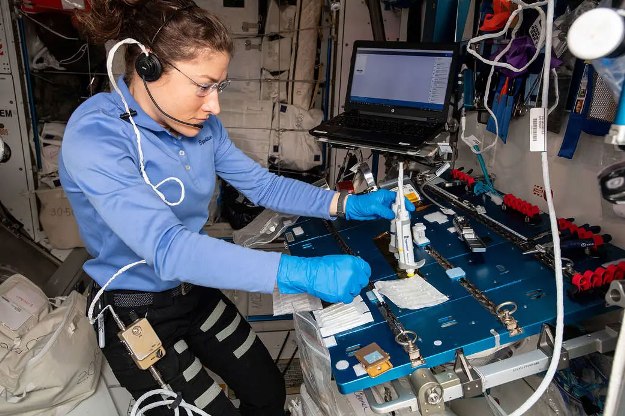
NASA astronaut Christina Koch works on the Genes in Space 6 experiment
Genes in Space 5 represents an important step towards a fast, safe and cost-effective way to study the immune system during spaceflight. This study also provided proof of concept for simultaneous amplification of multiple DNA sequences in space, expanding the capabilities of in-flight research and health monitoring.
Genes in Space-10 validated a method for measuring and analyzing the length of DNA fragments known as telomeres using fluorescence. Telomeres, the cap-like genetic structures at the ends of chromosomes that protect them from damage, shorten with age but have been found to lengthen in space. Analysis of telomere length may help determine the mechanism of this effect.
The study’s findings could also provide the ability to measure DNA and diagnose genetic medical problems during spaceflight. Sending DNA samples back to Earth for analysis would degrade them and would not be possible for future long-duration missions. Understanding why telomeres lengthen in space could also lead to a better understanding of their role in human aging.

Having an entire molecular laboratory in space greatly expands the capabilities of scientists. The ability to analyze DNA, study how it is damaged and repaired in space, and make specific changes to it allows for more complex research. Identifying unknown organisms and changes to known ones is key to ensuring the safety of crew members on future missions.
Behavior of fire in space
NASA recently completed the final mission of its Space Shuttle Fire Experiment, or Saffire, ending an eight-year series of studies that provided insight into the behavior of fire in space. The latest experiment, Saffire-VI, was launched to the International Space Station in August 2023 and ended its mission on January 9 when the Northrop Grumman Cygnus spacecraft burned up safely during its planned re-entry into Earth’s atmosphere.
Dr. David Urban, principal investigator, and Dr. Gary Ruff, project manager at NASA Glenn Research Center in Cleveland, have led the Saffire project in Northeast Ohio since it first launched in 2016. Throughout the series of experiments, the researchers collected data that NASA would use. to improve mission safety and inform future spacecraft and spacesuit designs.
“How strong does a fire have to be for the crew to feel sick?” Urban said. “Similar work is done for every other habitable structure here on Earth – buildings, planes, trains, cars, mines, submarines, ships – but we hadn’t done similar research for spacecraft before Saffire.”
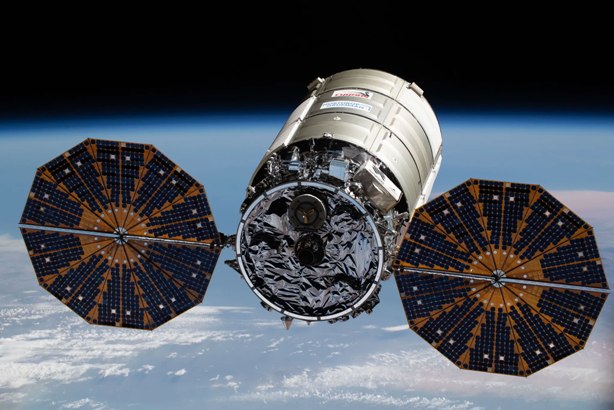
Like previous Saffire experiments, Saffire-VI took place inside a block of an uninhabited Cygnus spacecraft that had already left the space station, providing the safety of the orbiting laboratory and a more representative flight environment. However, this latest version of the experiment was unique due to the higher concentration of oxygen and lower pressure created in the test facility to simulate the conditions inside a crewed spacecraft.
Over the course of 19 Saffire-VI experiments, the NASA team and its Northrop Grumman colleagues made various adjustments to air conditions. They then lit flames on materials such as plexiglass, cotton, Nomex and hard flammability on low-velocity fabrics. The wire with balls inside the device ignited the materials. “The Saffire flow facility is a wind tunnel. We push air through it,” Ruff said. “Once the test conditions are set, we pass an electrical current through a thin wire and the materials ignite.”
Cameras inside allowed the team to observe the flames, while remote sensors outside the Saffire unit collected data on what was happening in the Cygnus vehicle. The images and information were collected in real time and then sent back to Earth for analysis by scientists. “You have the rate of heat release and the rate of release of combustion products,” Ruff said. “You can use that as input to the model and predict what will happen to the car.”
The next decade of exploration and science missions will see astronauts flying deeper into space and to places that have yet to be explored. Although the Saffire experiments were abandoned, NASA learned valuable lessons and collected mountains of data on fire behavior that will help the agency design safer spacecraft.
Complementation of Integrated Human Research Protocols or CIPHER
Research into neurological organelles, plant growth and changes in body fluids is among the scientific research that NASA astronauts Matthew Dominic, Michael Barratt, Jeanette Epps and Tracy K. Dyson will help support aboard the International Space Station as part of Expedition 71. Barratt joins a group of astronauts participating in the Complementation of Integrated Protocols for Human Research, or CIPHER, series of experiments that are helping scientists learn how long periods of time in space changes the human body.
Crew members plan to launch the space station in February and March. Details of some of the work planned during the upcoming expedition aboard the microgravity laboratory are below.
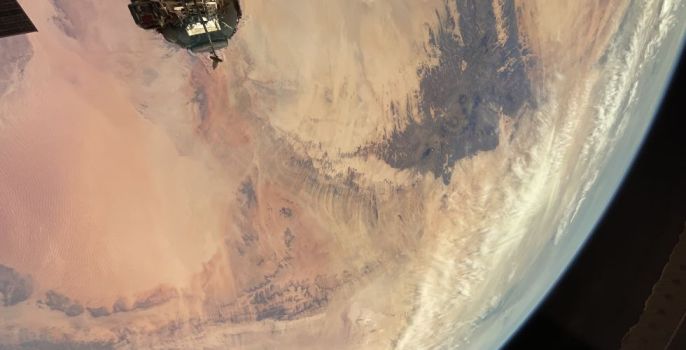
Human Brain Organoid Models for Neurodegenerative Diseases and Drug Discovery (HBOND) studies the mechanisms of neuroinflammation, a common feature of neurodegenerative diseases. Researchers are creating organoids using iPSCs (induced pluripotent stem cells) obtained from patients suffering from Parkinson’s disease and primary progressive multiple sclerosis.
The sixth space station organoid study, funded by the National Stem Cell Foundation, HBOND, is the first to include iPSCs, material from Alzheimer’s patients, and test the effects of drugs under development to treat neuroinflammation. The results could help improve diagnostics, provide insight into the effects of aging, accelerate drug discovery and identify therapeutic targets for patients suffering from neurodegenerative diseases. Organoid models may also provide the ability to predict how long-duration spaceflight will affect the brain and support the development of countermeasures.
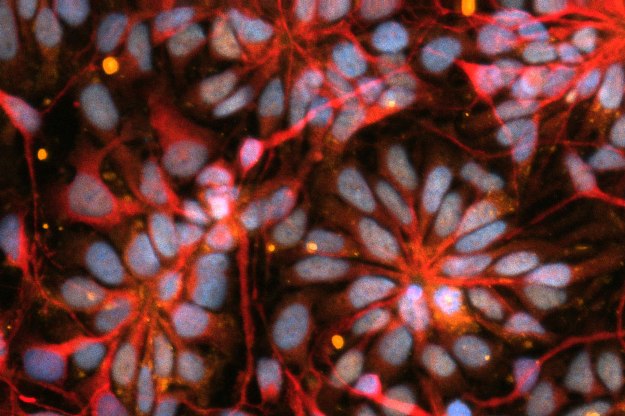
The space brain organoids are made from cells from people with Parkinson’s disease and primary progressive multiple sclerosis. New York Stem Cell Research Institute
Plants could serve as a food source and provide other life-support services on long-term missions to the Moon and Mars. Research on plant responses to stress caused by microgravity and high ultraviolet radiation in space (plant UV-B) examines how stress from microgravity, UV radiation, and a combination of the two affects plants at the molecular, cellular, and whole-body levels. The results could improve understanding of plant growth in space and help improve plant growing technologies for future missions.

Experimental unit equipment (PEU) for UV-B plant research. NASA
Weightlessness causes fluids in the body to move toward the head, which can cause changes in eye structure and vision known as spaceflight-associated neuroocular syndrome (SANS), as well as other health problems.
Mitigating anterior fluid shift using venoconstrictor thigh cuffs during spaceflight explores whether thigh pressure cuffs could provide a simple way to counteract this fluid shift in the body and help protect astronauts from SANS and other problems on future missions to the Moon and Mars. Thigh cuffs may also help treat or prevent problems in patients on Earth who have conditions that cause fluid to accumulate in the head, such as prolonged bed rest and illness.
Arthrospira-C (Art-C), an ESA (European Space Agency) study, analyzes how the cyanobacterium Limnospira responds to spaceflight conditions and whether it produces the same quantity and quality of oxygen and biomass in space as on Earth. These microalgae, also known as spirulina, could be used to remove carbon dioxide exhaled by astronauts, which can become toxic in an enclosed spacecraft, and to produce oxygen and fresh food as part of life support systems on future missions.
Correct predictions of oxygen and biomass yields are critical for the design of life support systems using bioprocesses. Spirulina has also been shown to have radioprotective properties, and eating it may help protect space travelers from cosmic radiation, as well as preserve healthy tissue in patients undergoing radiation treatment on Earth.
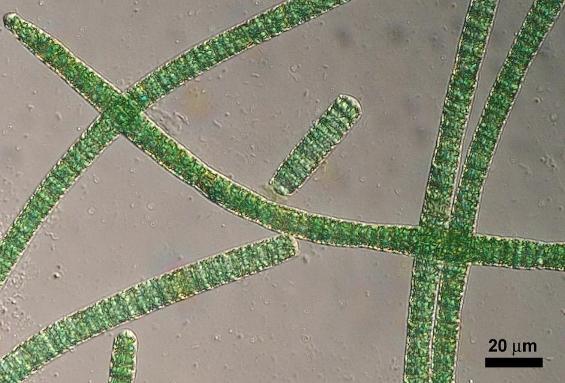
Limnospira




